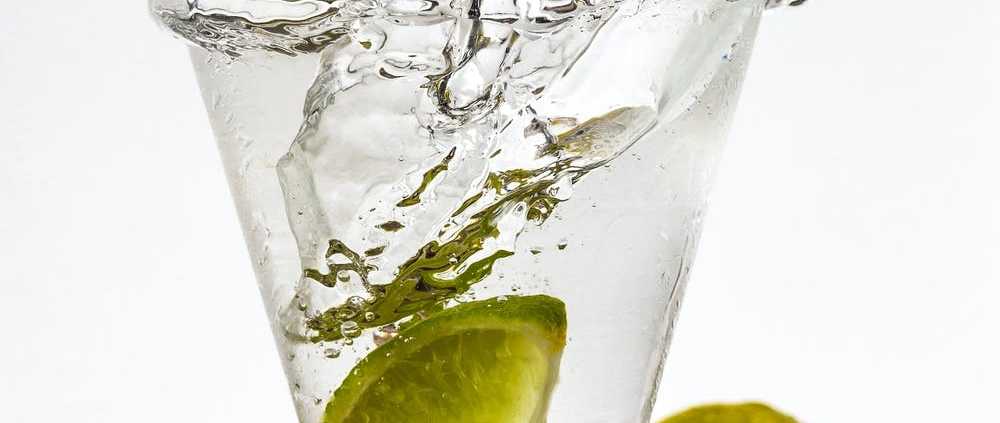Filtering questions and answers on the subject of water
Why do we filter water at all?
Water has been filtered for thousands of years. Some believe that the first water filters appear in the Bible. Many nomadic tribes in the Stone Age also filtered their water. In our modern western society the starting point is of course different. Tap water should be of the best drinking quality. For many consumers, however, the official requirements are not enough.
Is it necessary to filter water?
That must be clarified individually. If you suspect that something may be wrong with your water, it is best to do a water test. This is the only way to get a sufficient analysis. Because even if everything is in order according to the water supplier, contaminated water can flow out of the pipe. The water quality is only checked directly at the waterworks. The water supplier cannot guarantee the pipe network to your home. If the water exceeds limit values, filtering is advisable. For some problems, however, this is only useful as a temporary solution. Lead in drinking water can come from old pipes, for example, which you should definitely replace for health reasons.
Particular caution is required in households with children – children react to certain substances more extreme than adults. For this reason, there are also special water tests for babies and toddlers. The limit values in the Drinking Water Ordinance are also aimed at adults. Before your child drinks tap water, it is best to test it.
Aside from contaminants, there is a second major reason for filtering water – its taste. Drinking water is healthy. In order to drink it with pleasure and in sufficient quantities, however, it has to taste good. If the taste bothers you, filtering is advisable and cheaper than buying bottled water.
How does it work?
There are many ways of treating water, two of which are basically considered water filters. The best known are probably table water filters – mostly jugs. If you have never seen them from friends, you may know them from American films or series. If you believe Hollywood, nobody on the other side of the Atlantic can do without such a filter.
Filter jugs usually work with activated carbon. This is porous carbon that can absorb and bind toxins. For example, chlorine, pesticides and drug residues are removed from the water. What activated carbon cannot, however, filter out lime or heavy metals such as lead. For this reason, some jugs have built in an ion exchanger that also removes the lime from the water. Care should be taken when using such filters. You should definitely change activated charcoal cartridges regularly. If the filter is full, the filtered out substances can be washed out again into the water. Since the activated carbon remains moist and is full of holes most of the time, it offers an ideal environment for germs and bacteria. This is another reason why it is important to replace the filter regularly. Sometimes the cartridges contain germicidal silver as a preventive measure. But that wears off. Regular changing is also essential with such filter cartridges.
The second filter method is reverse osmosis known. These systems are usually installed under the washbasin, and there are often two draw-off points – one for purified water and one for “normal” water. Reverse osmosis can be thought of as a coffee filter, only with much smaller pores. Even the smallest bacteria or toxins can be retained. The problem with this is that this method takes a lot of energy. The pores are so small that water can only get through very slowly and with great effort. But after filtering it is really pure water. In order to be able to drink this water, however, you must first add minerals to it. Filtering water in this way is time-consuming, and regular maintenance of the system is also important.
Which substances can be filtered out?
It depends on the method chosen. In principle, a filter eliminates bad smells and bad taste, as well as chlorine and other chemical substances. Bacteria, pathogens and drug residues are also removed. If you want to reduce the lime content and get rid of heavy metals at the same time, a reverse osmosis system can help. Such a system is often too cumbersome. If the primary aim is to get the lime on the collar, there are also other practicable methods.
But not only “bad” substances are filtered out. Our drinking water is full of minerals that are vital for the human body. Experts are of the opinion that these do not necessarily have to be absorbed through our drinking water, but a little more of it can never hurt.



